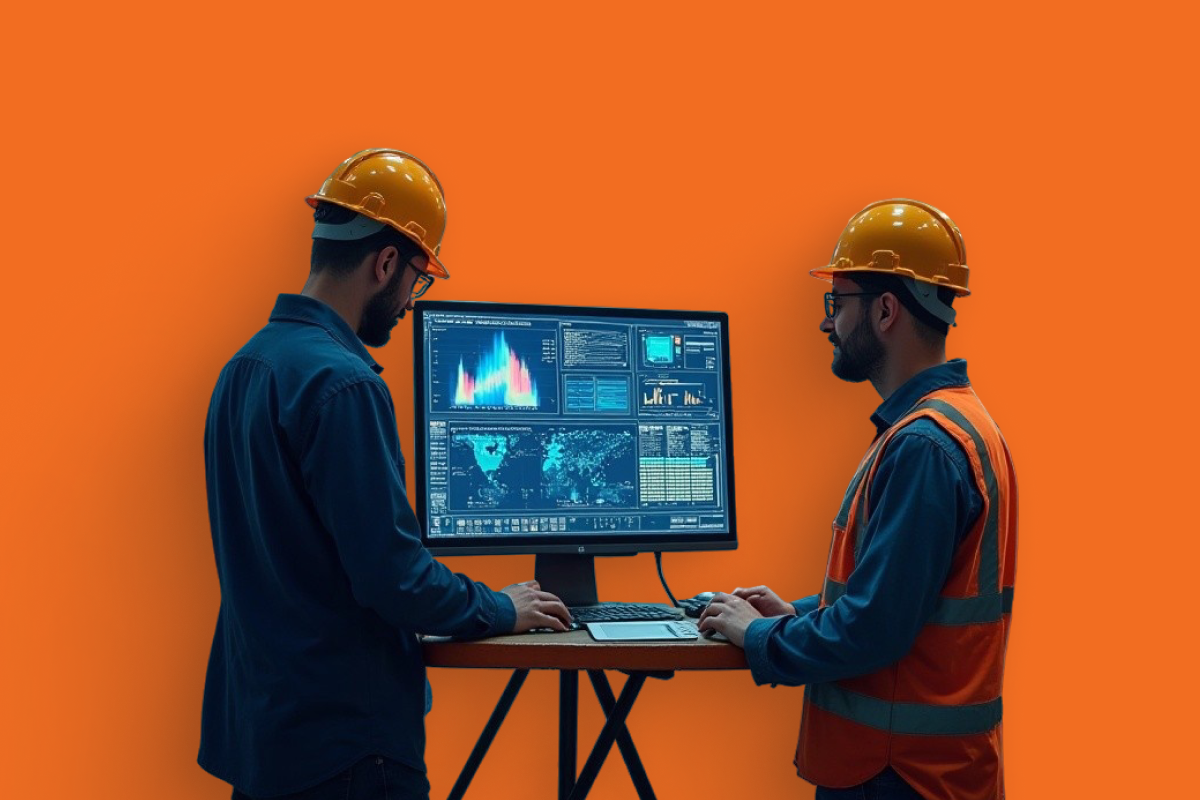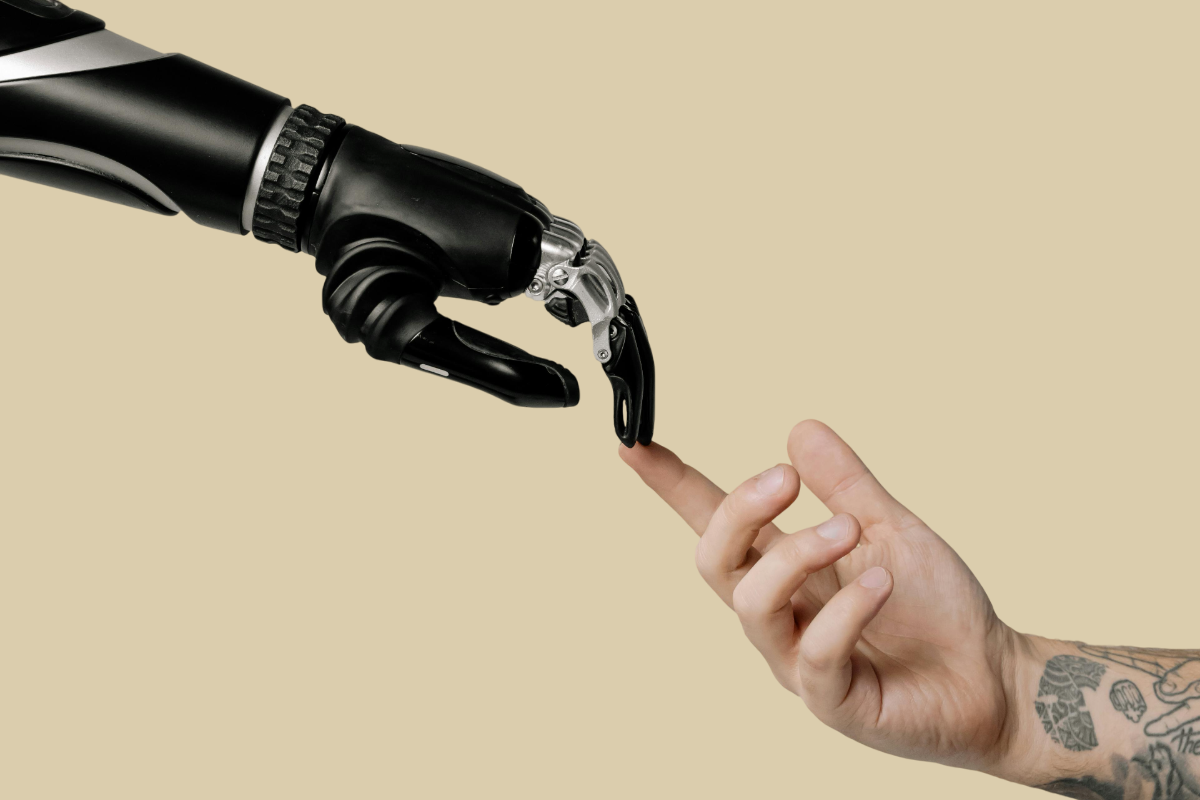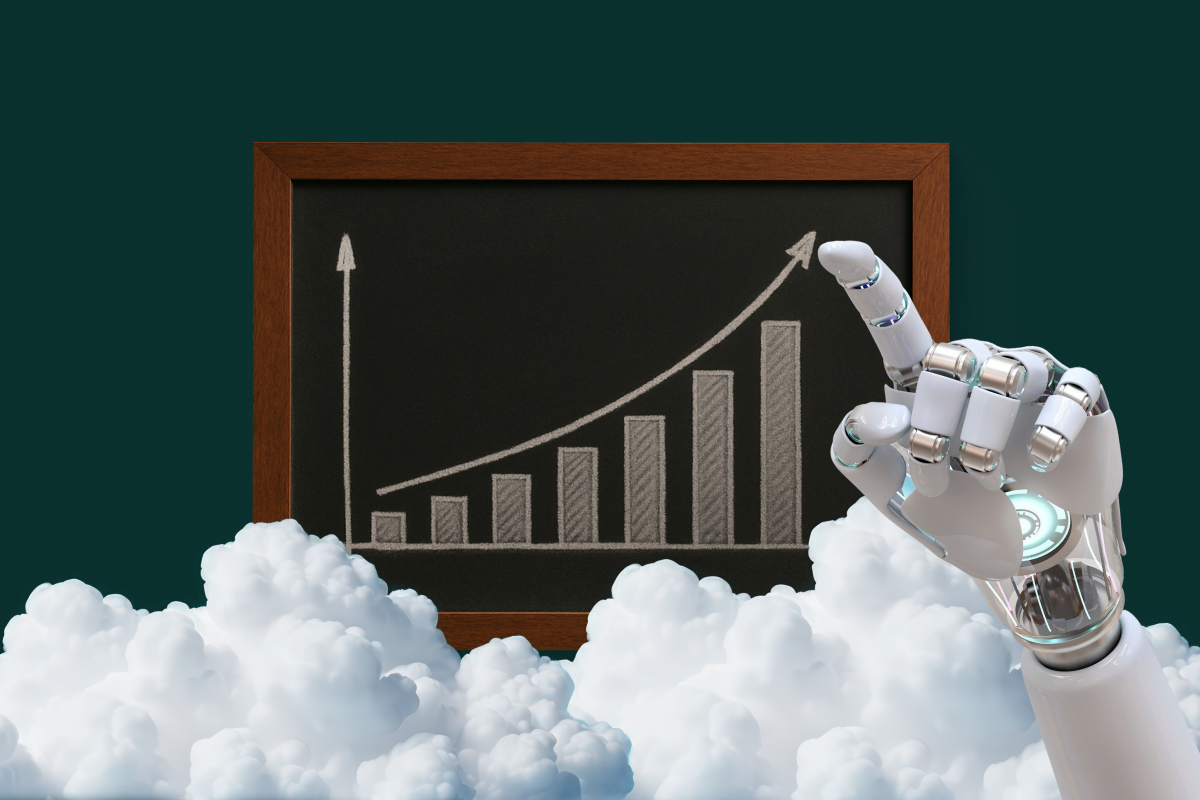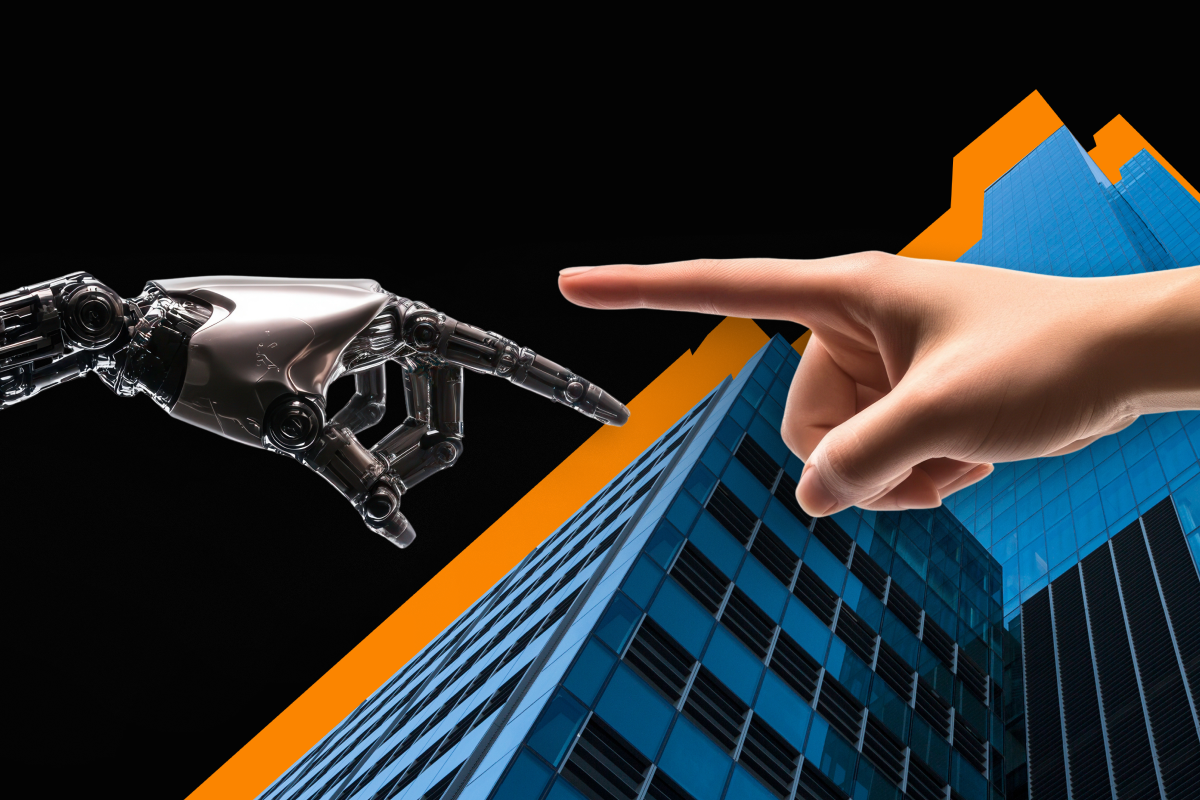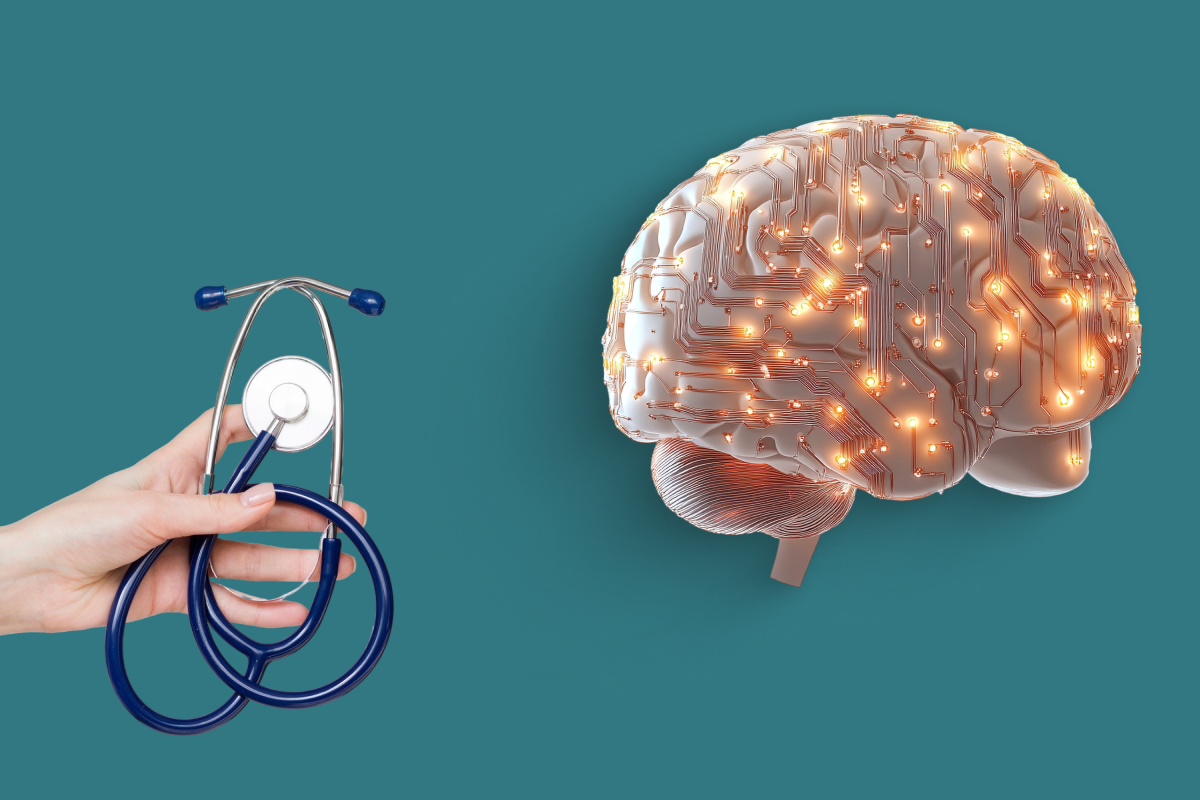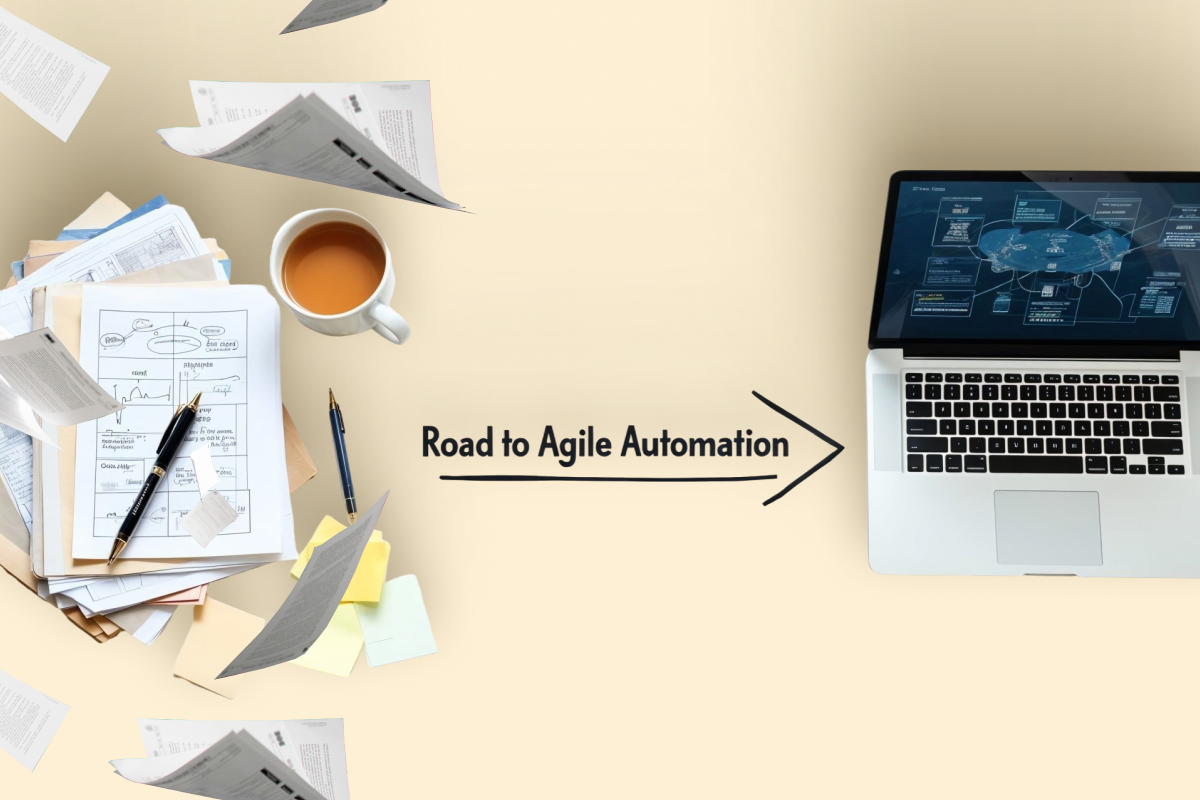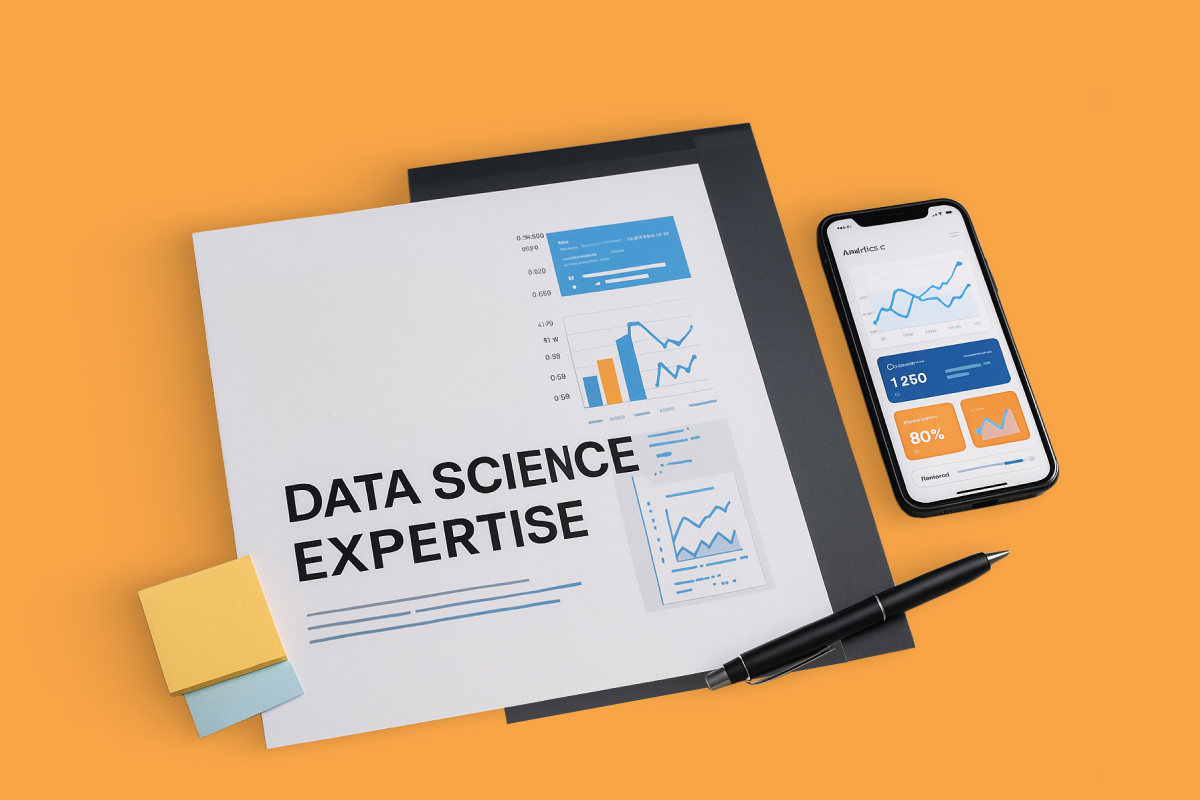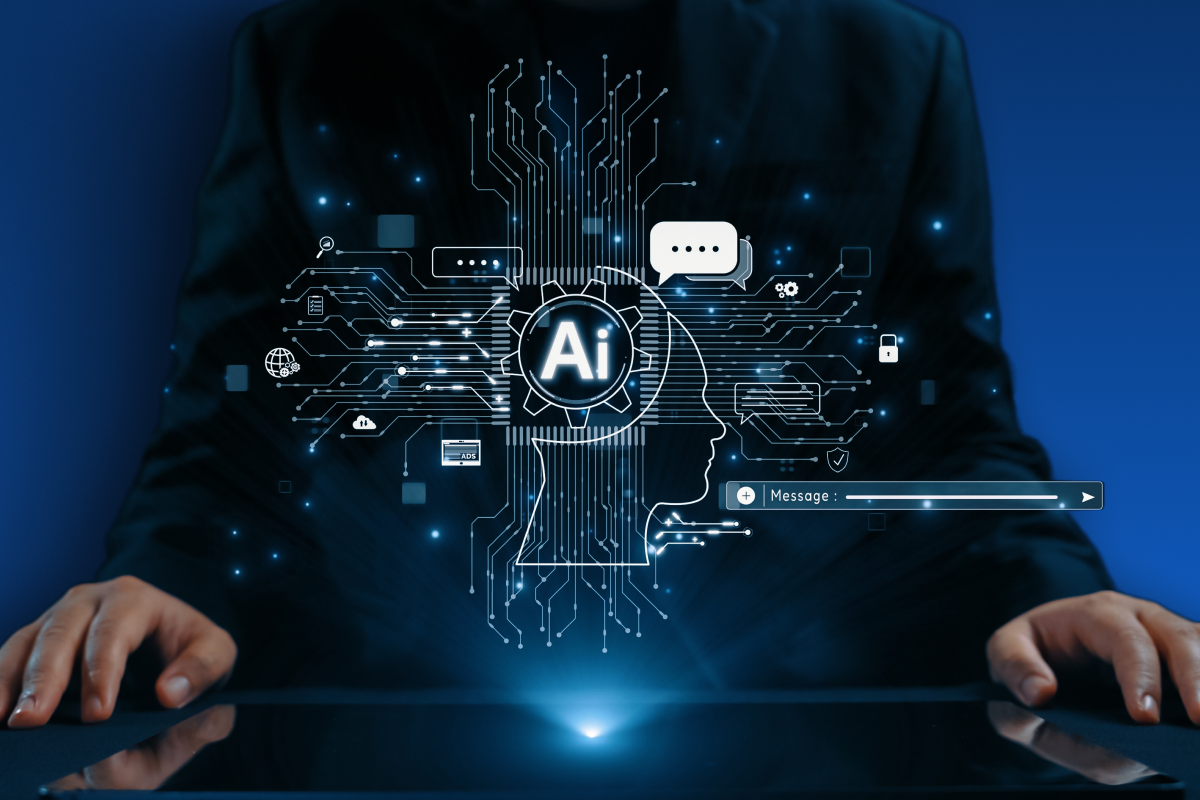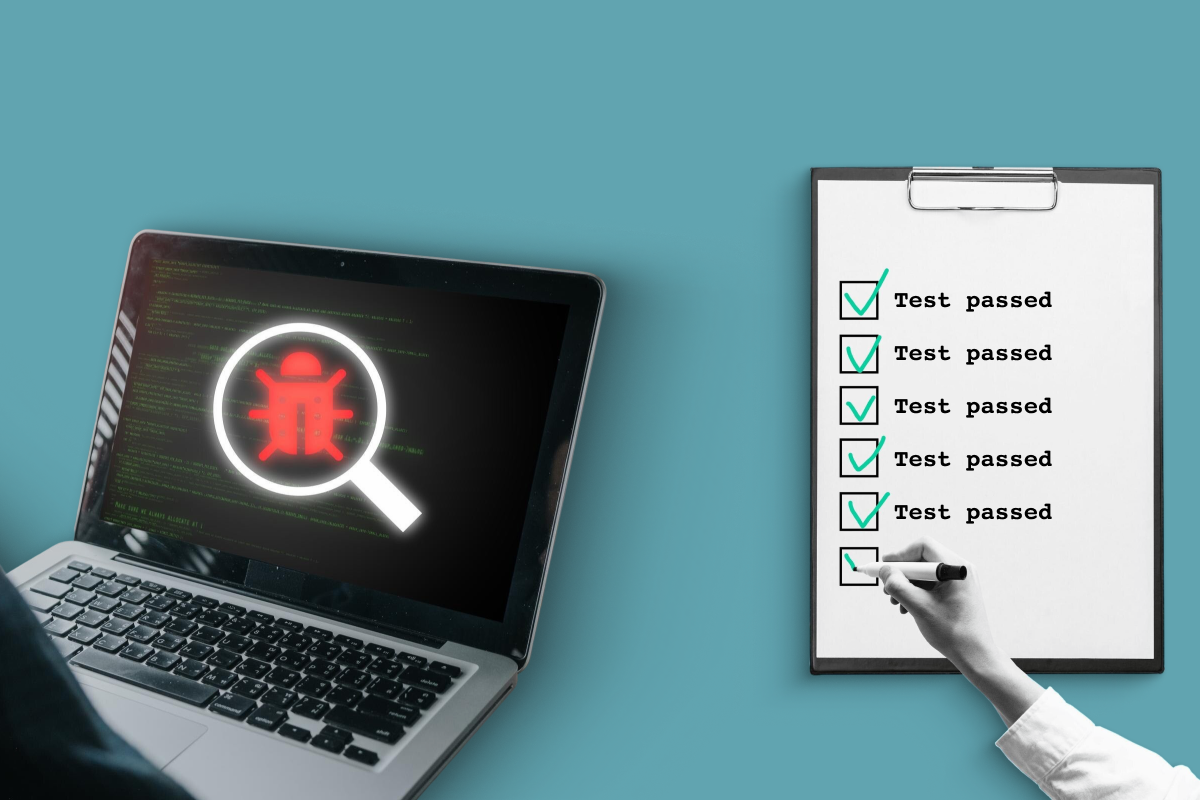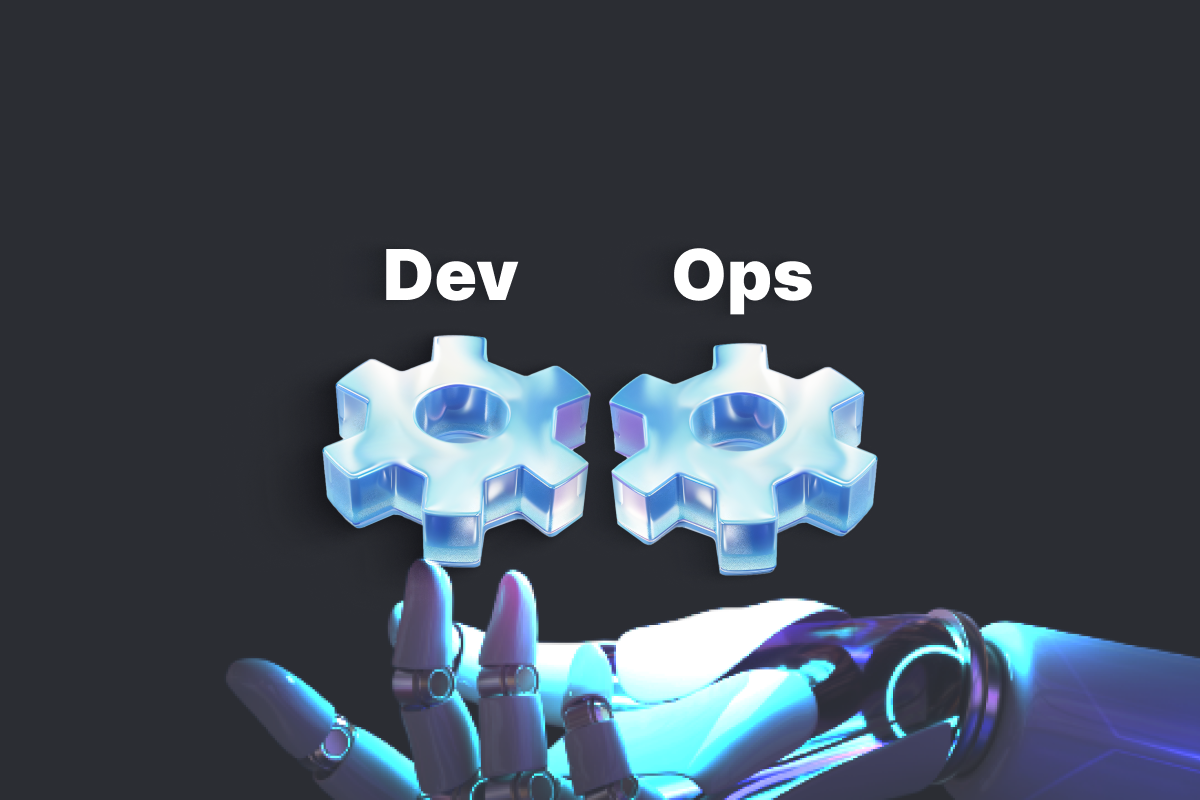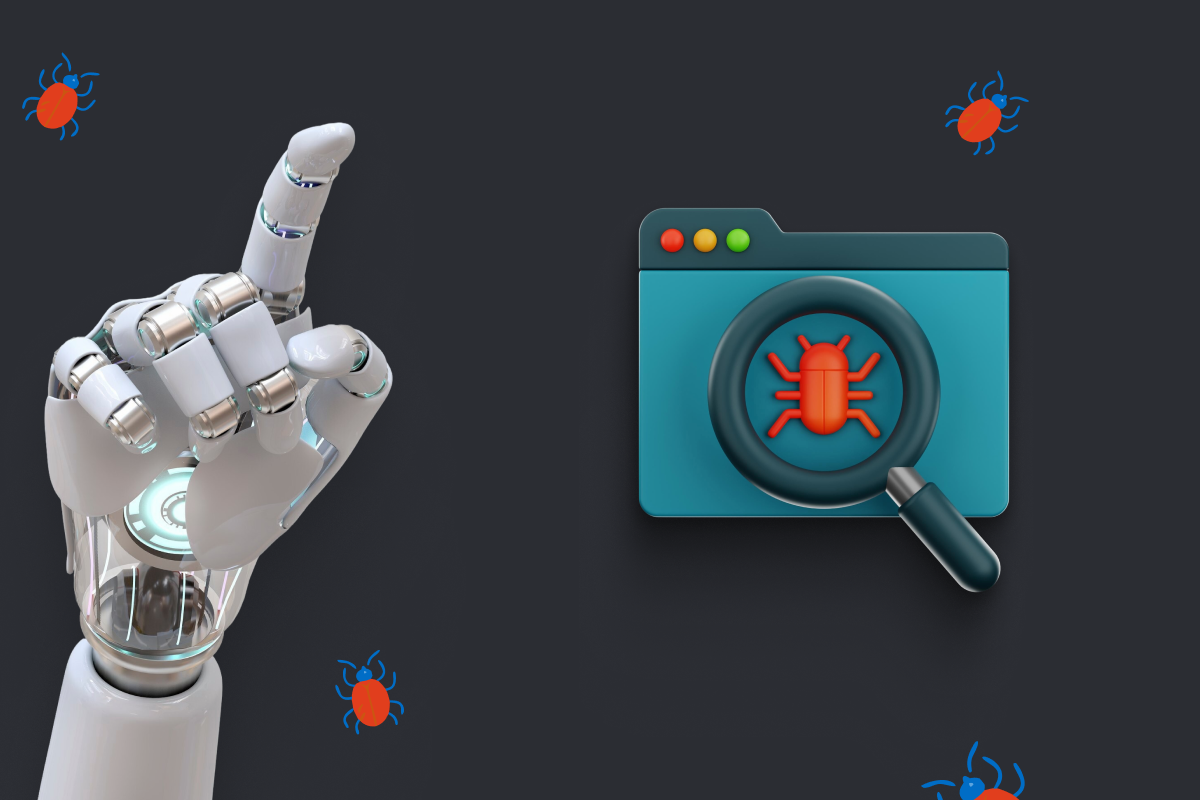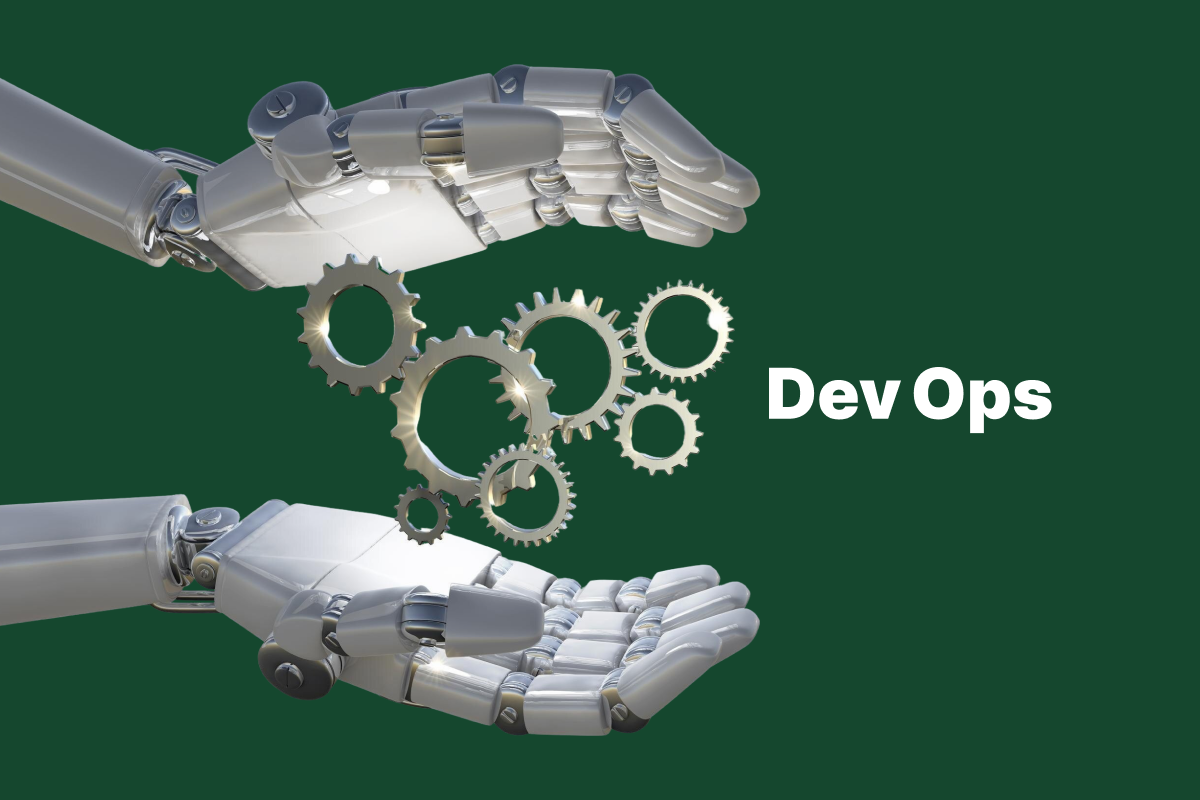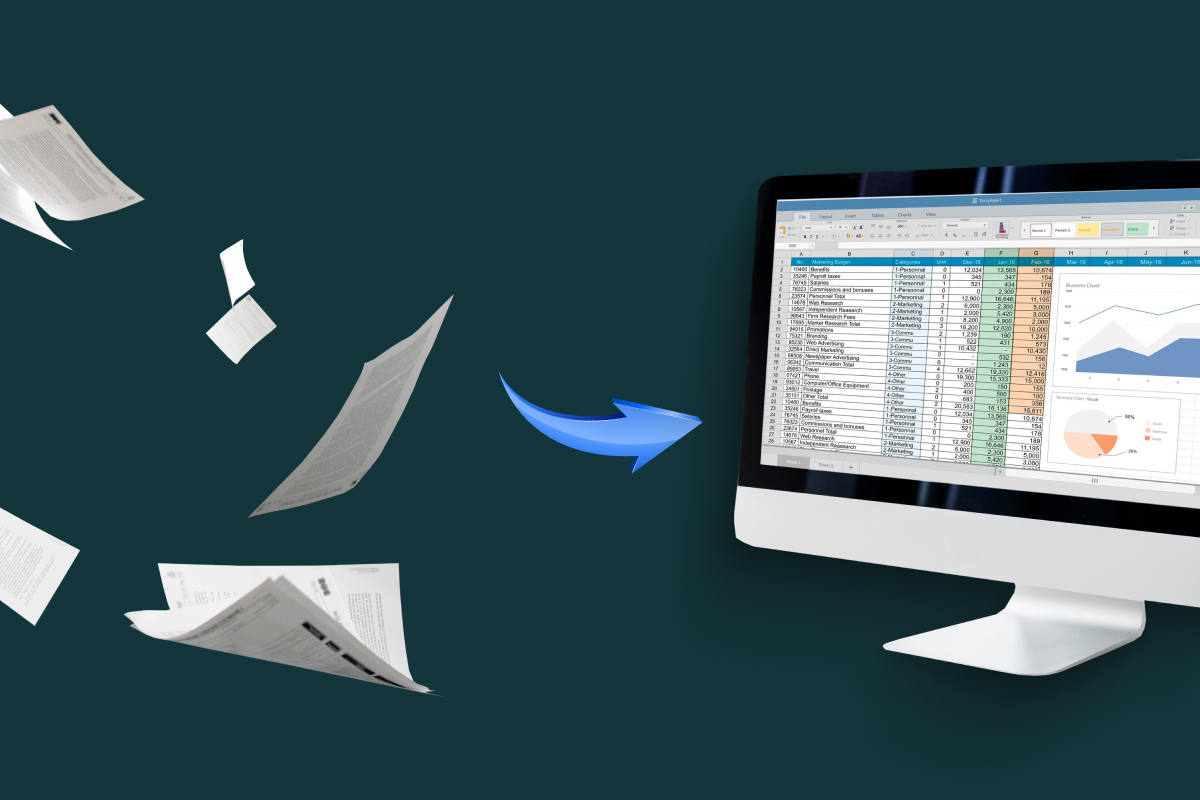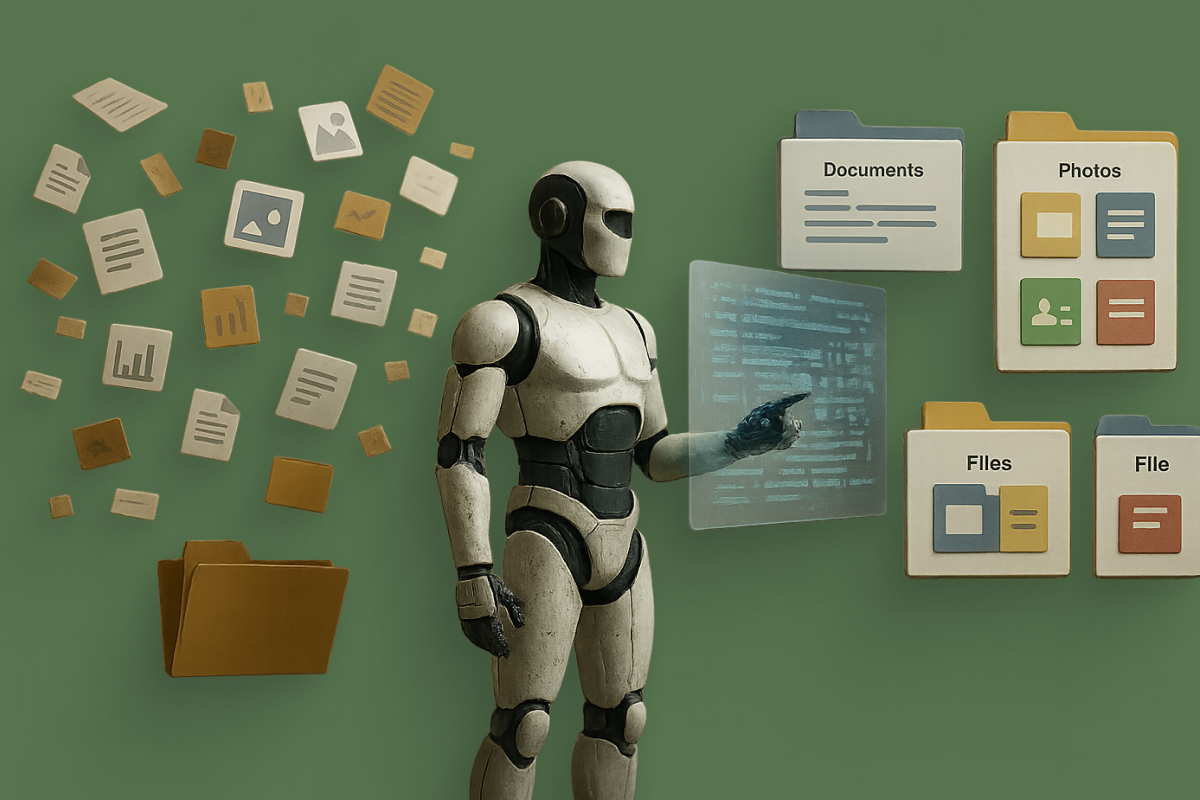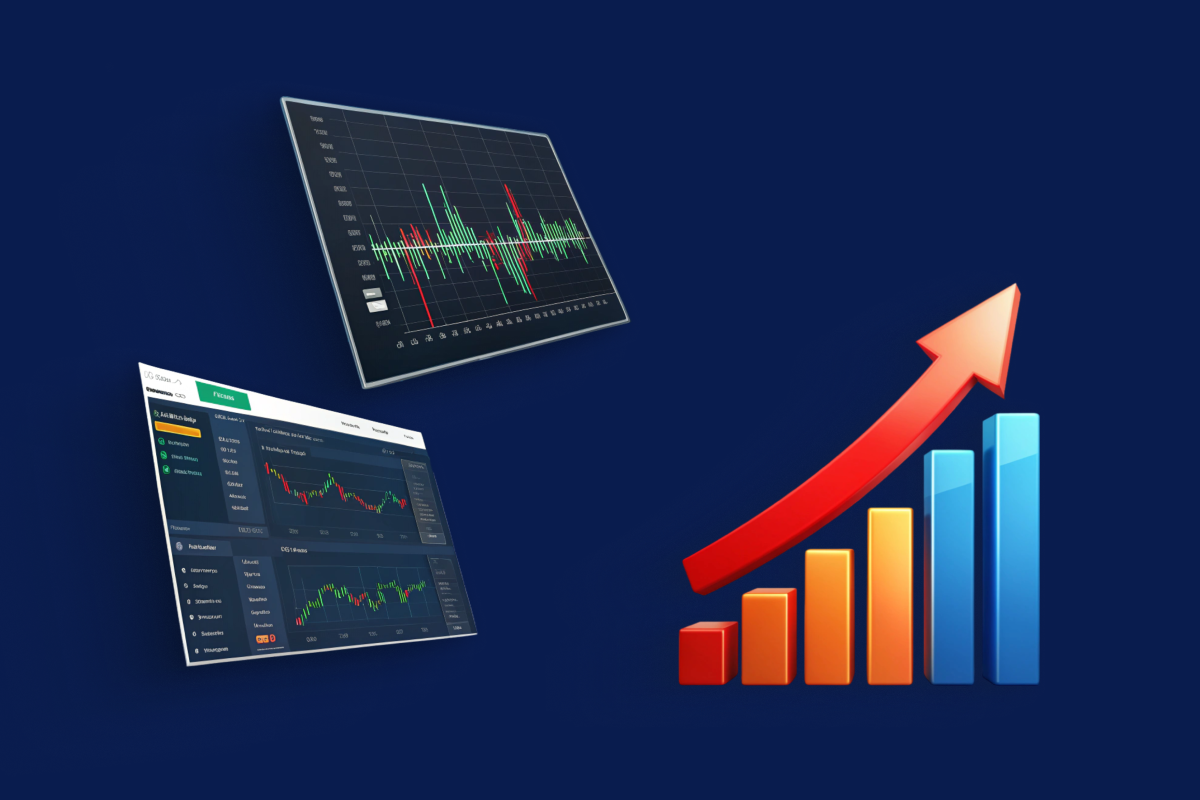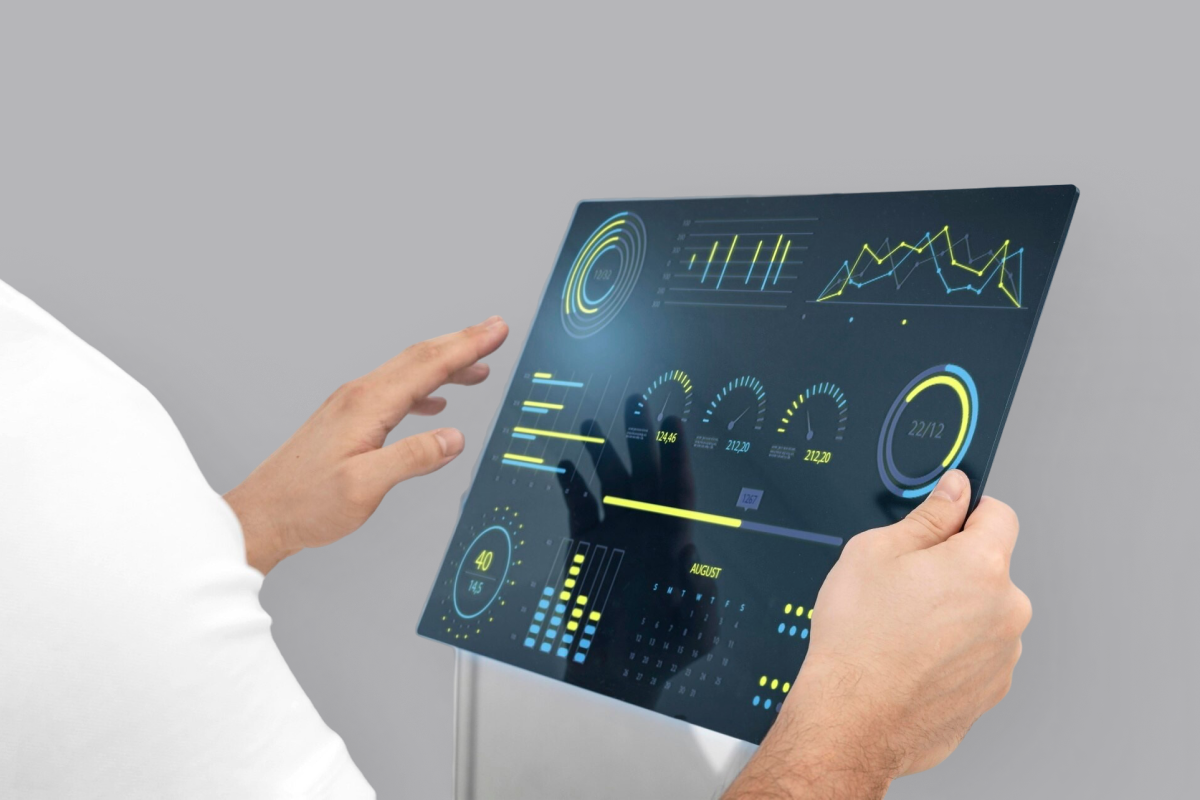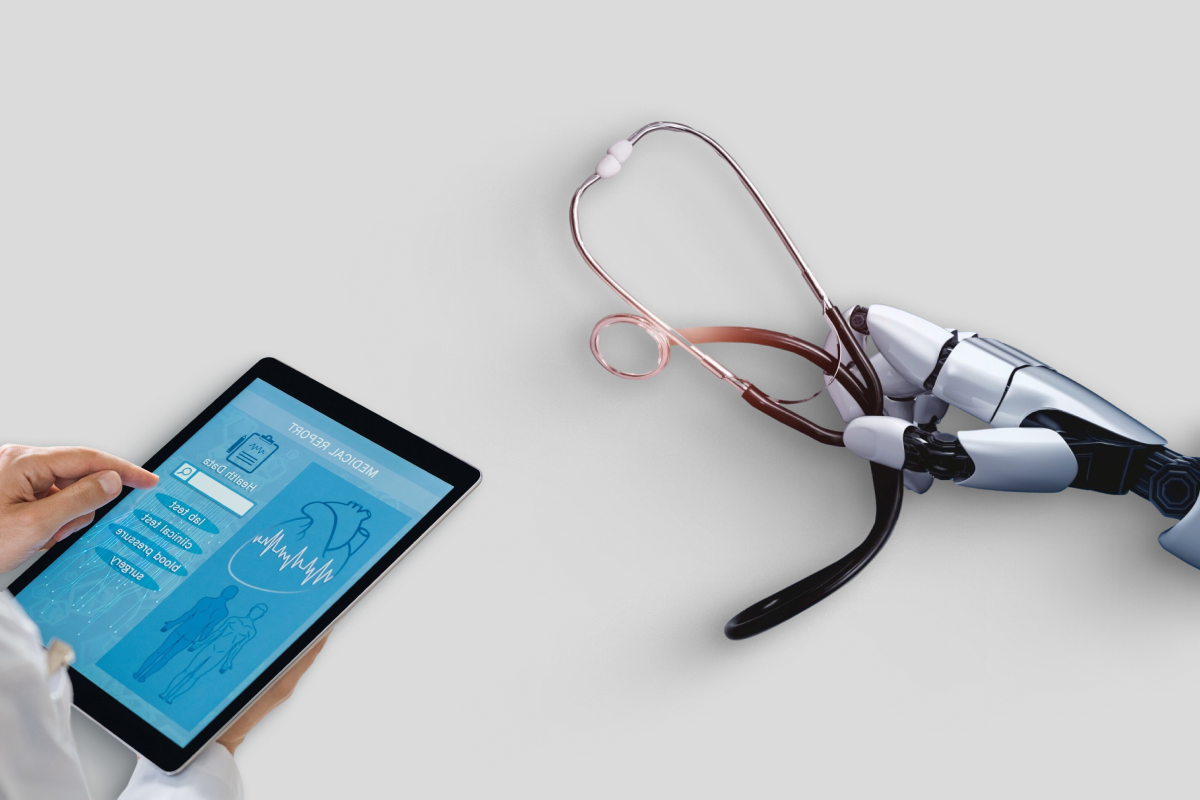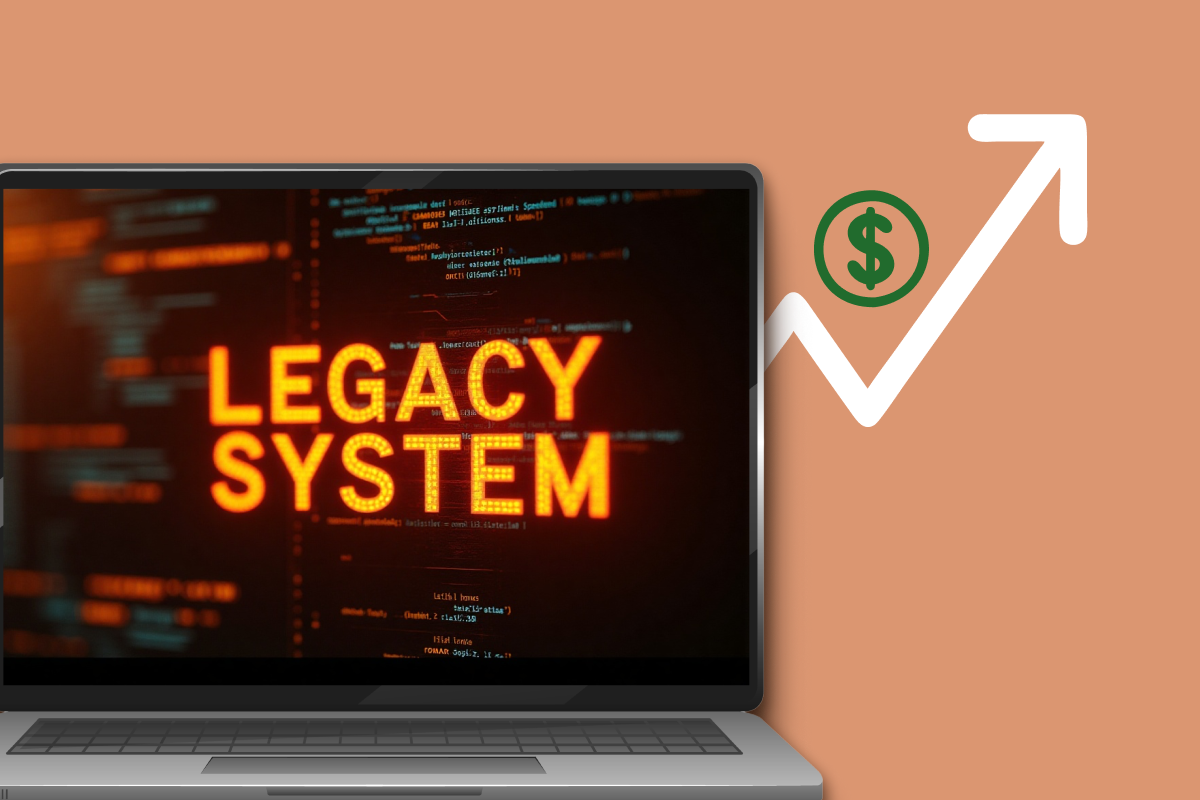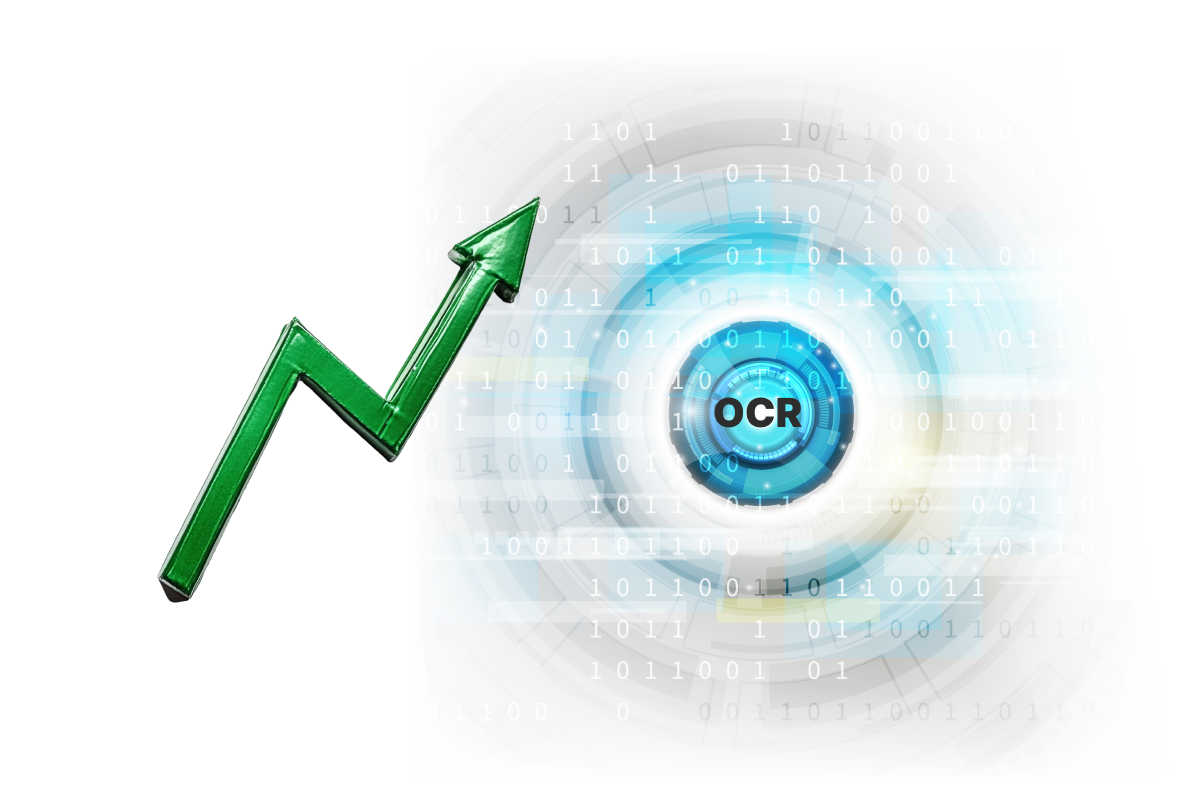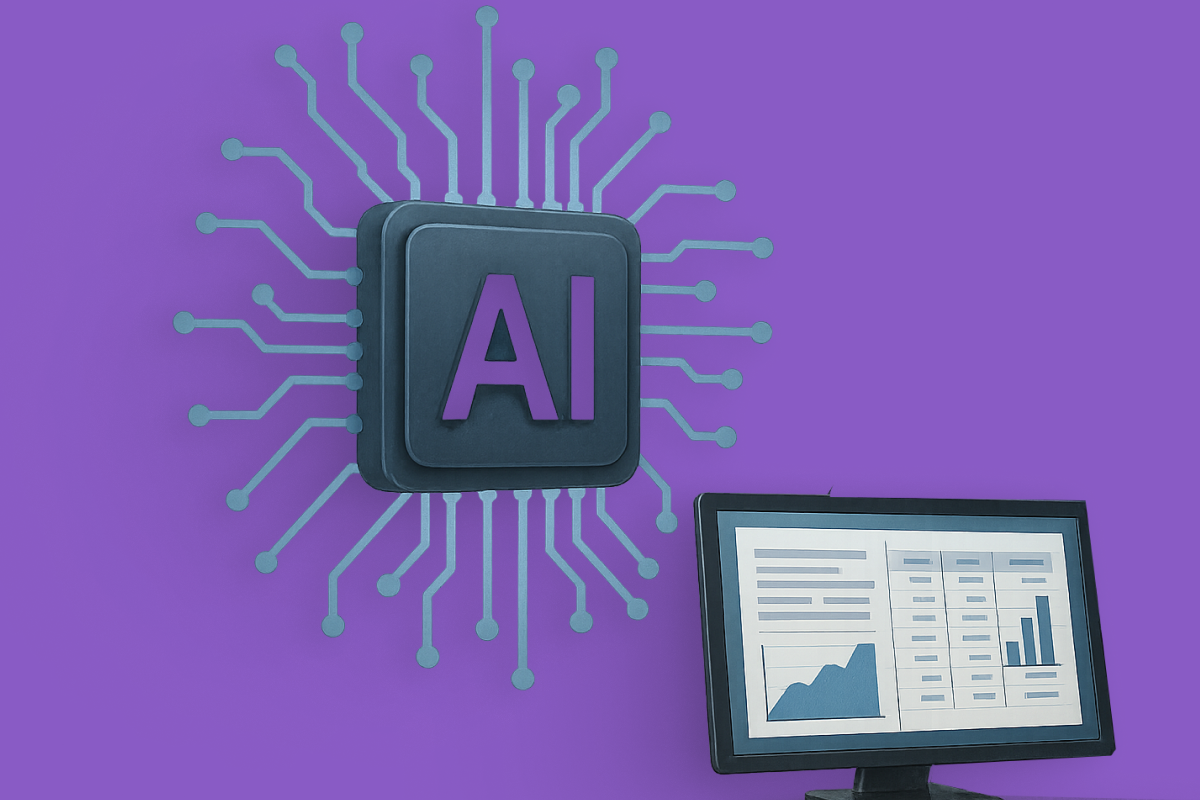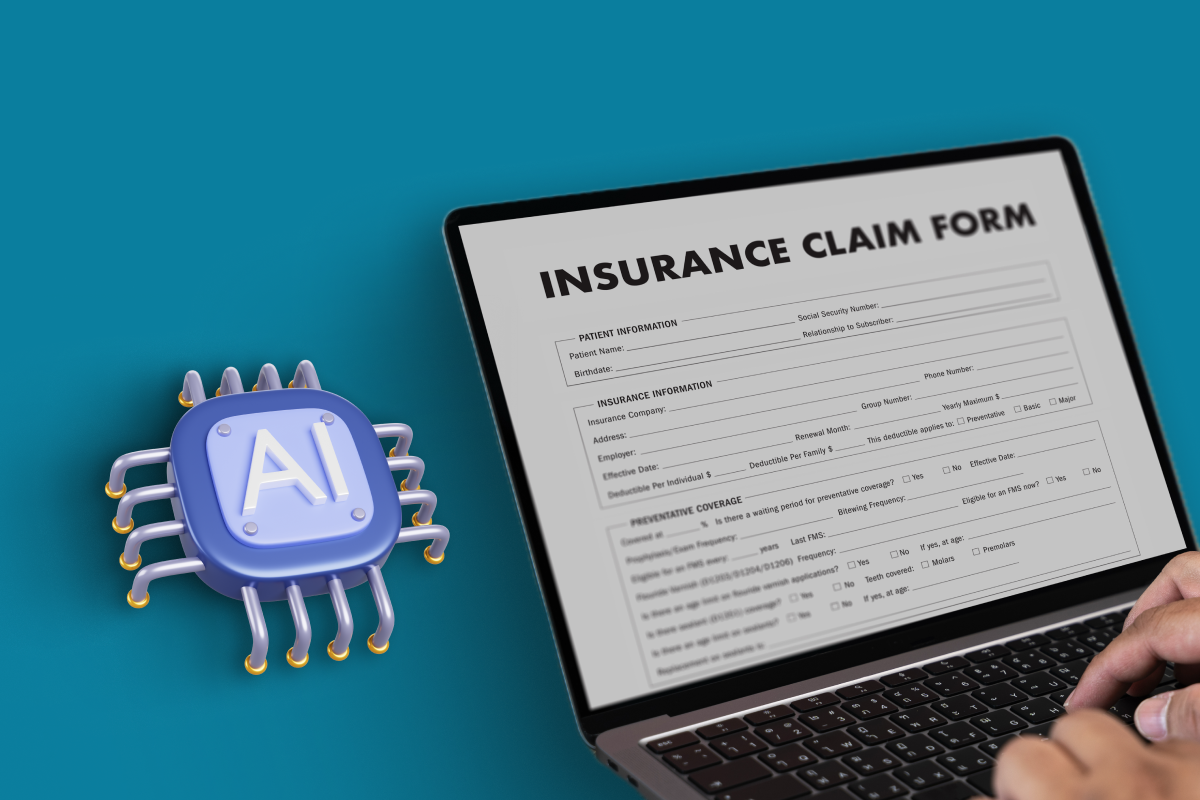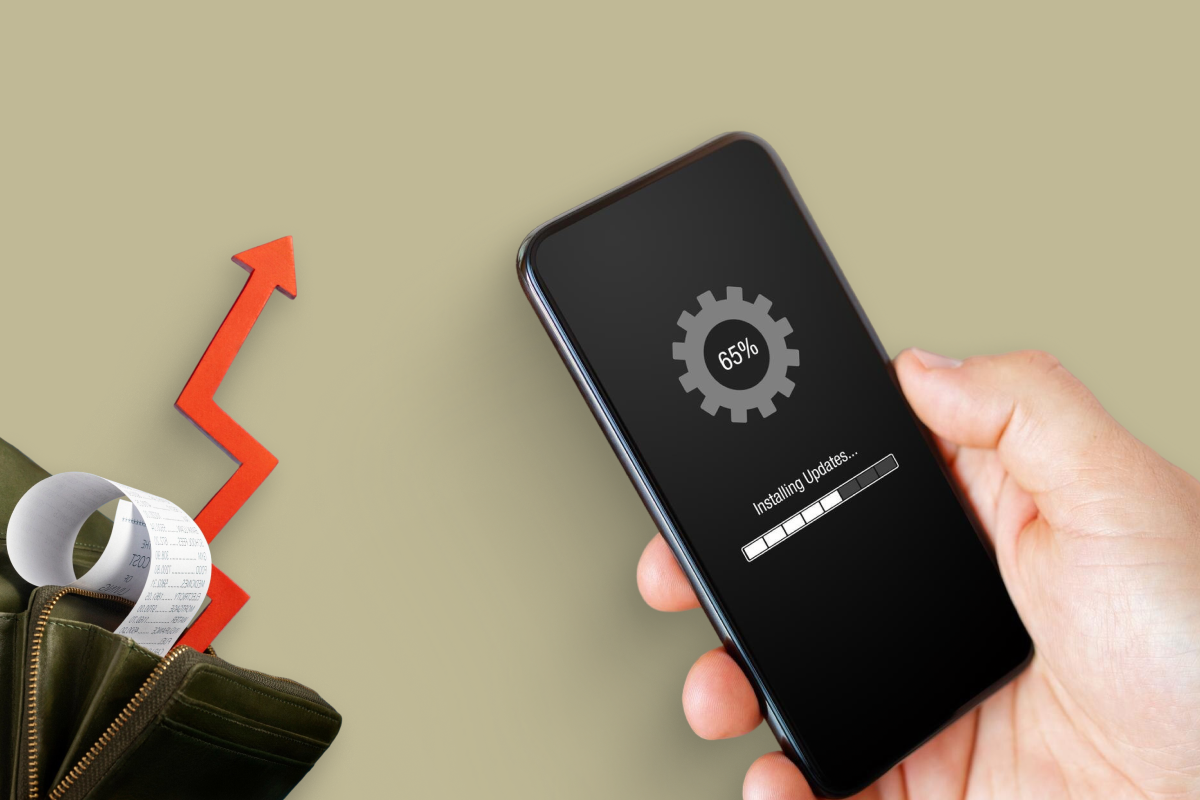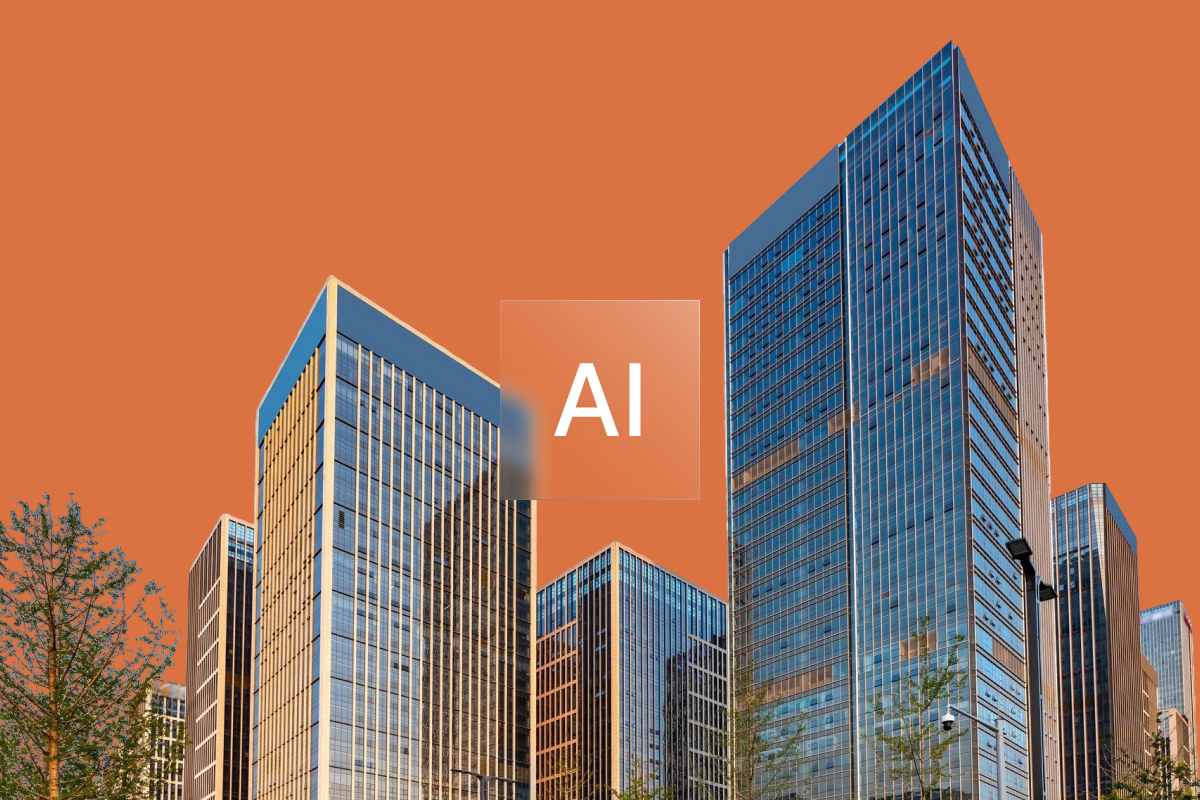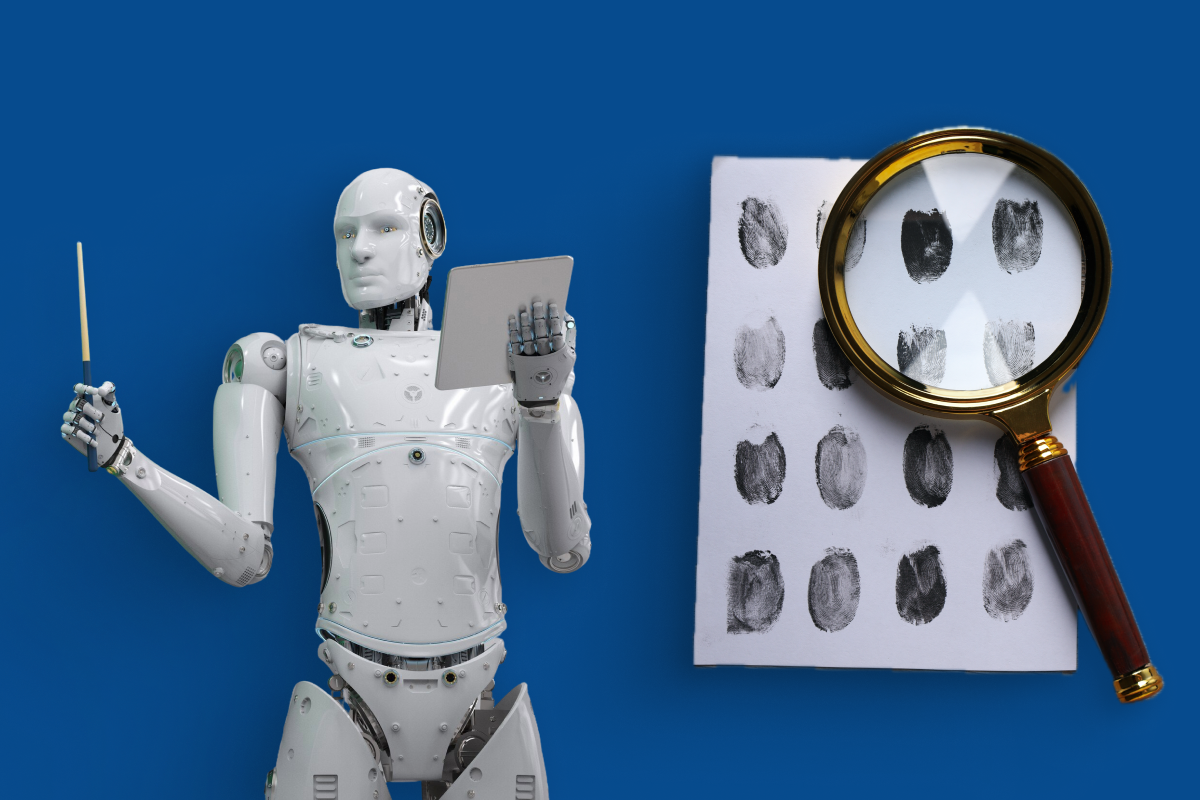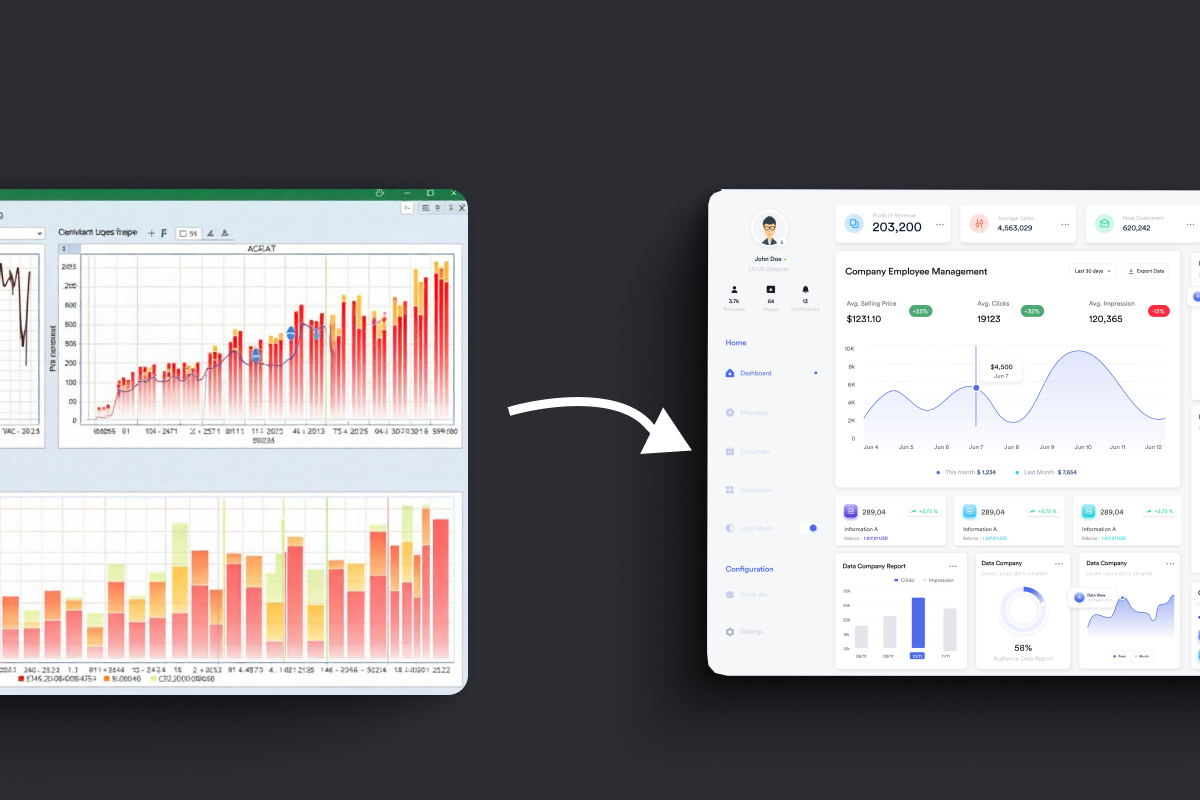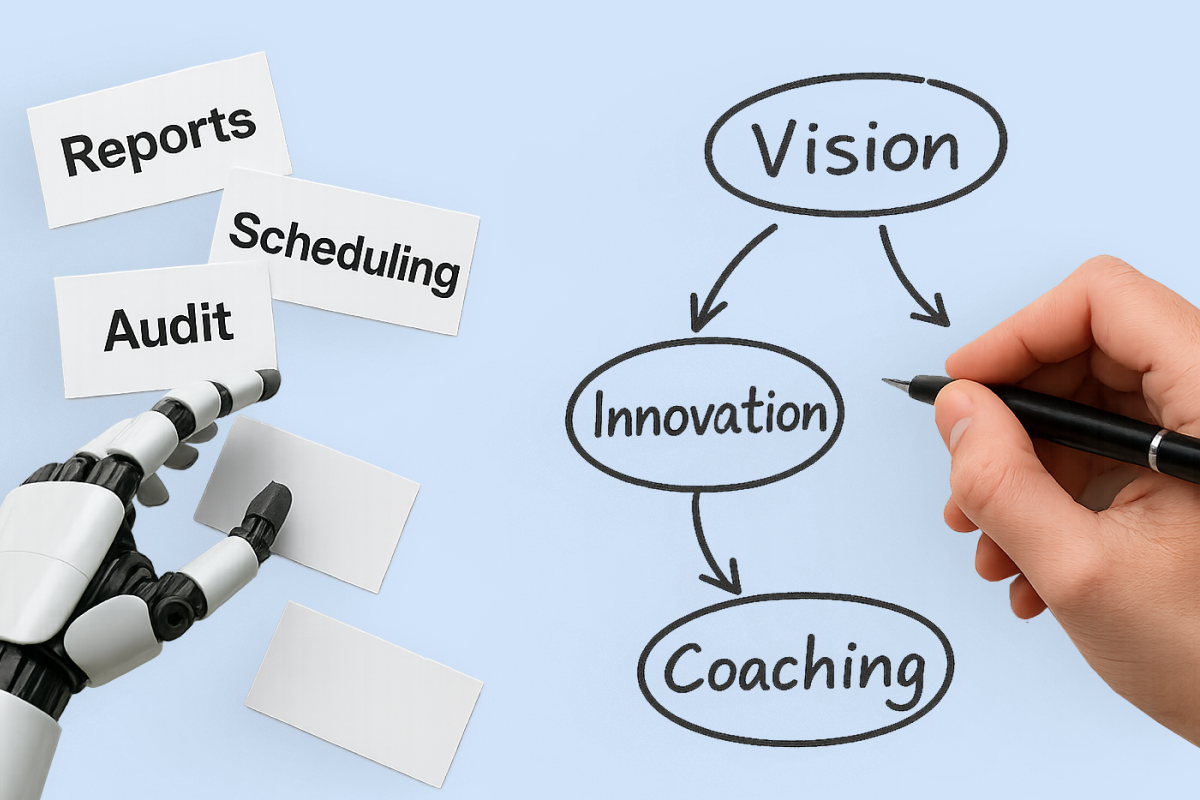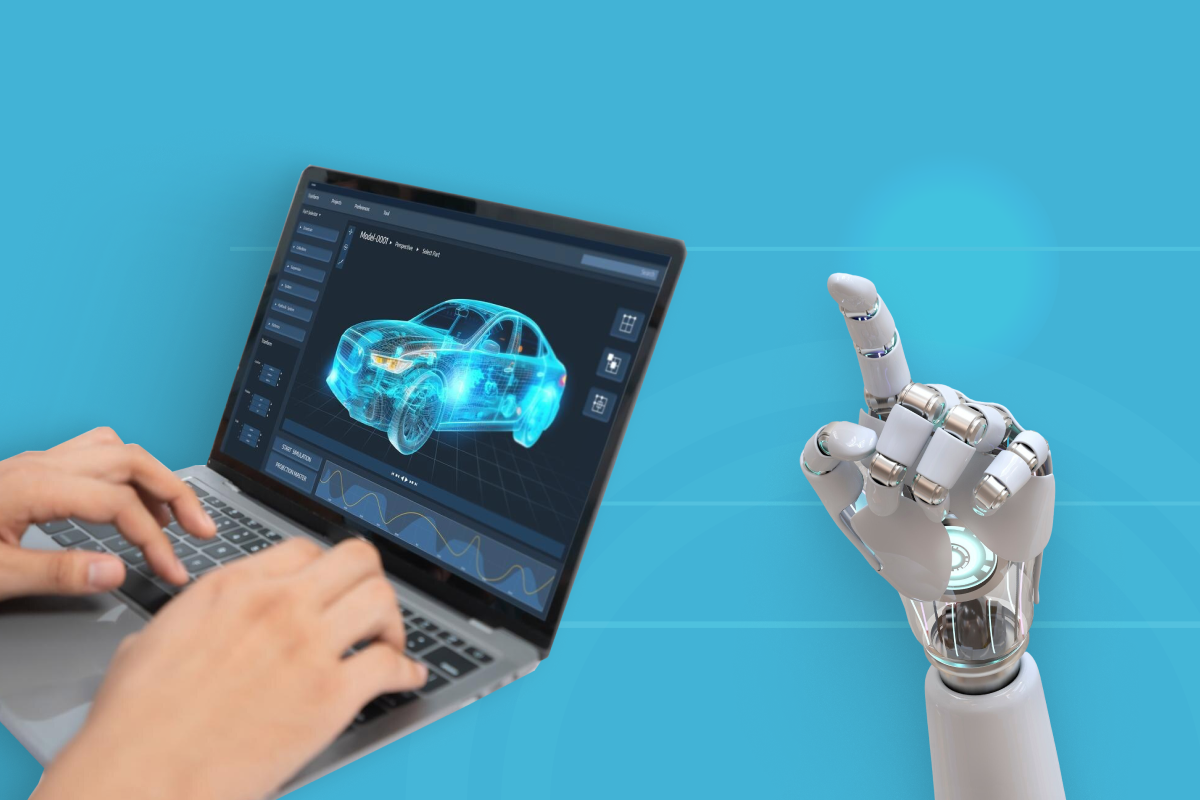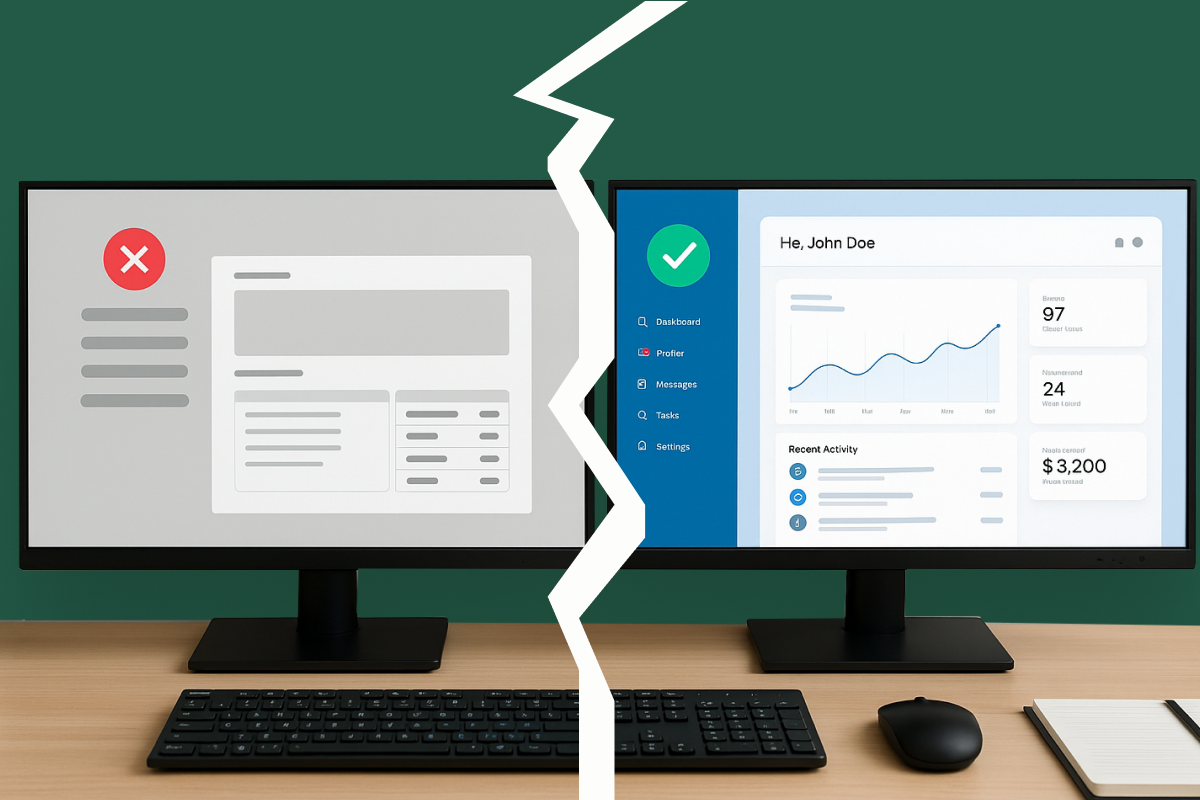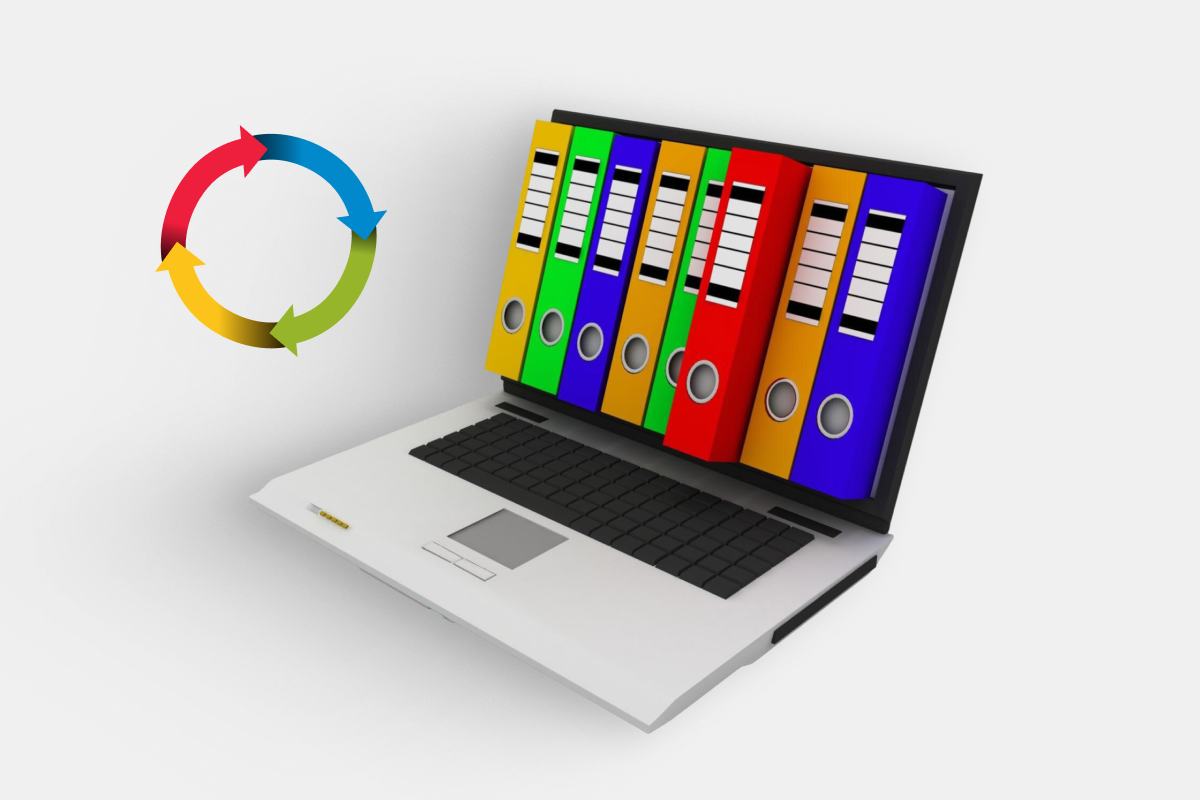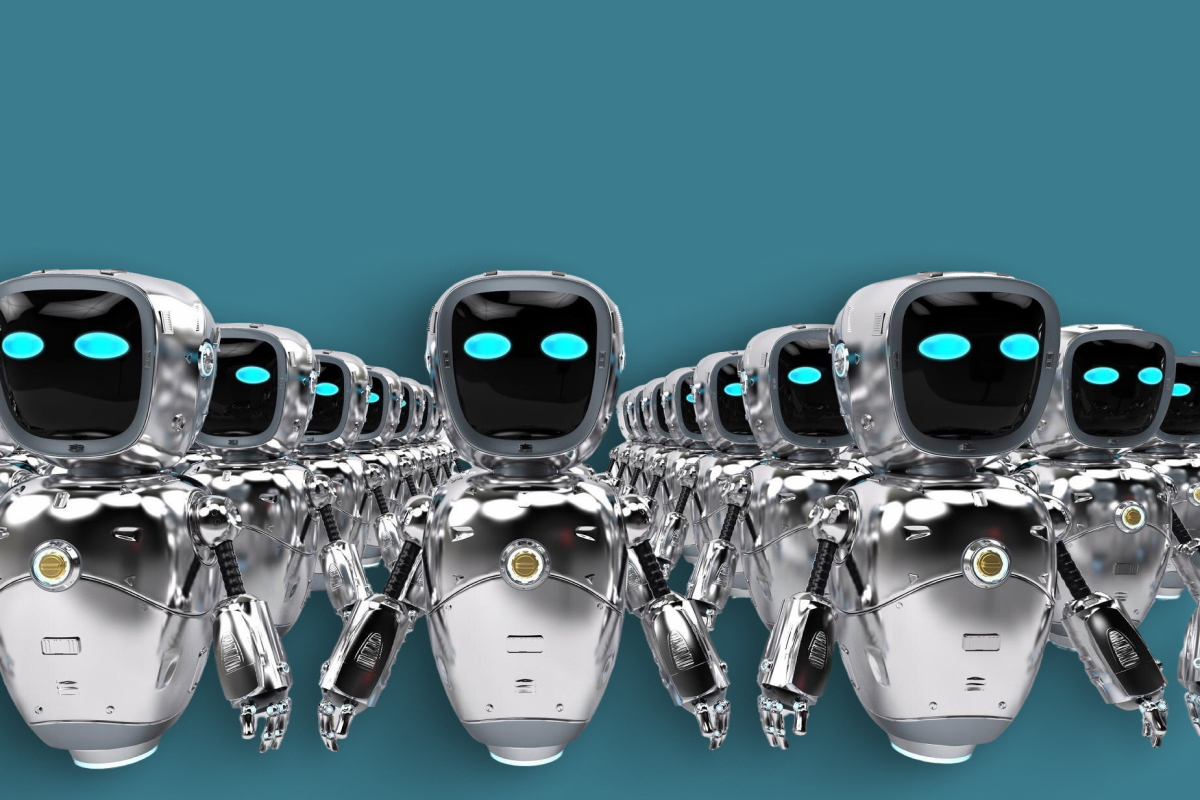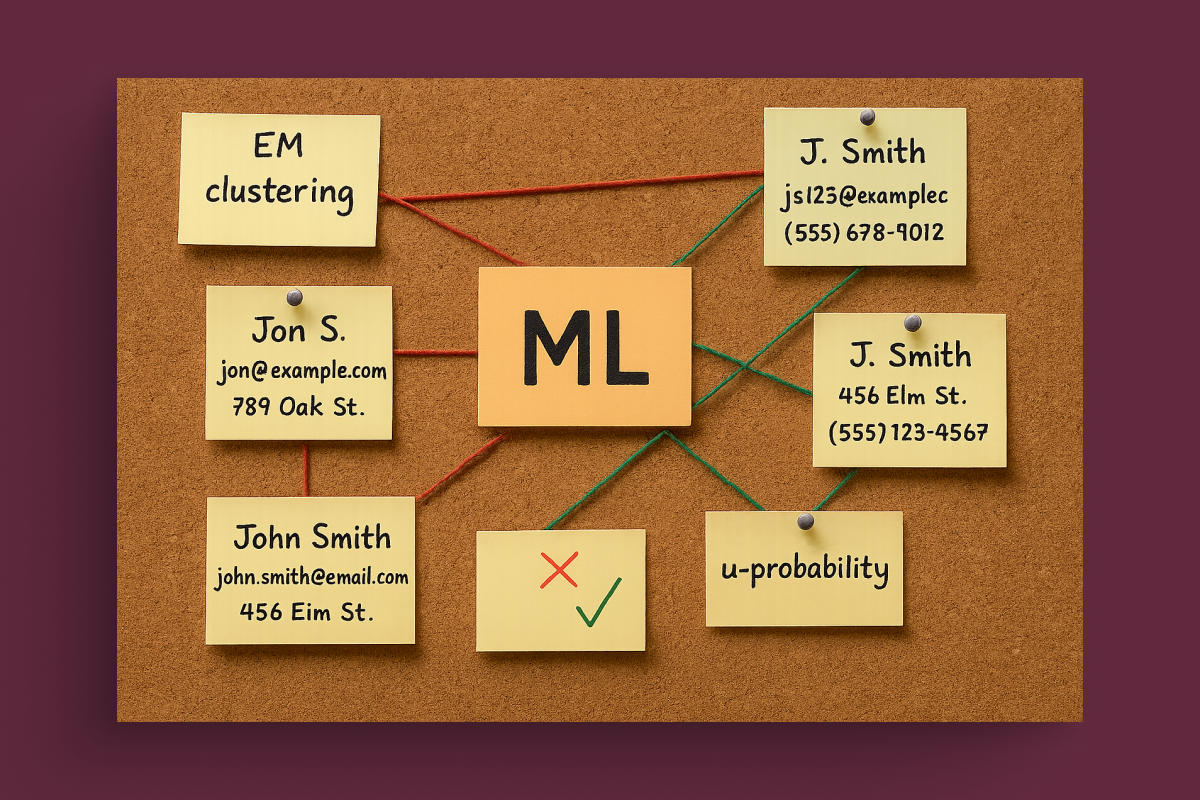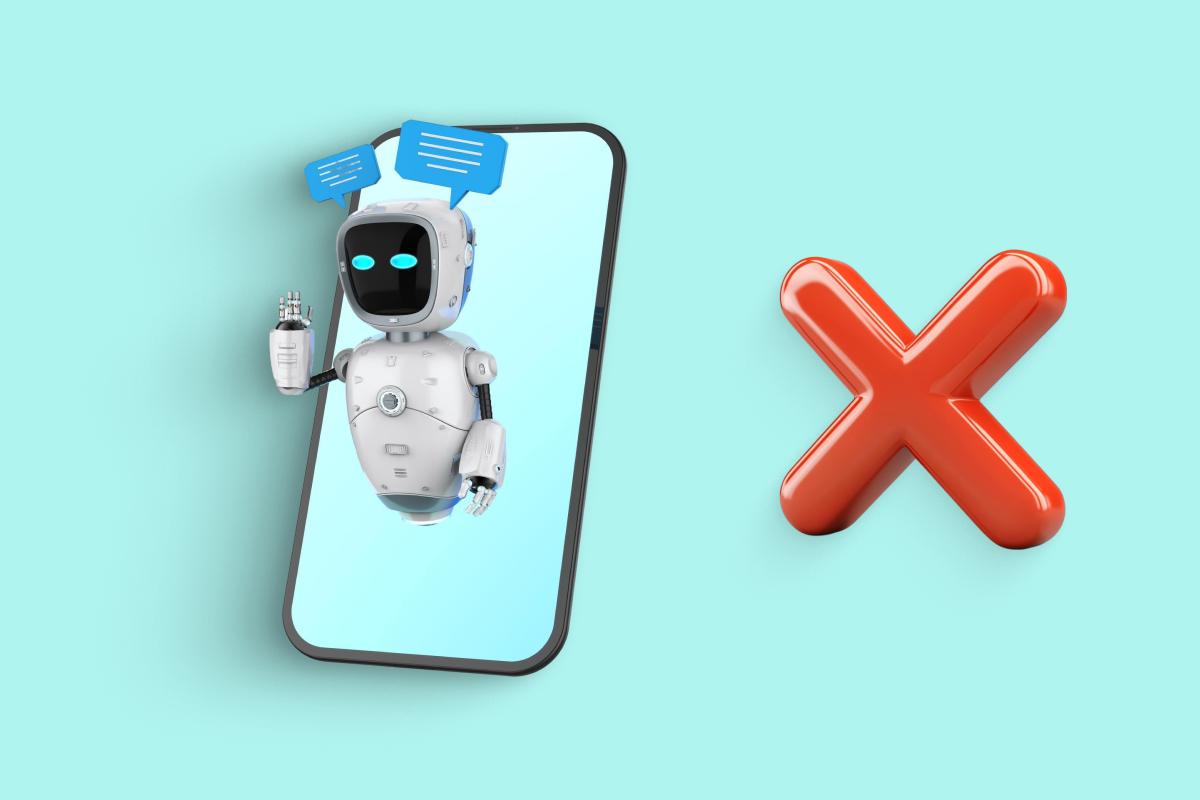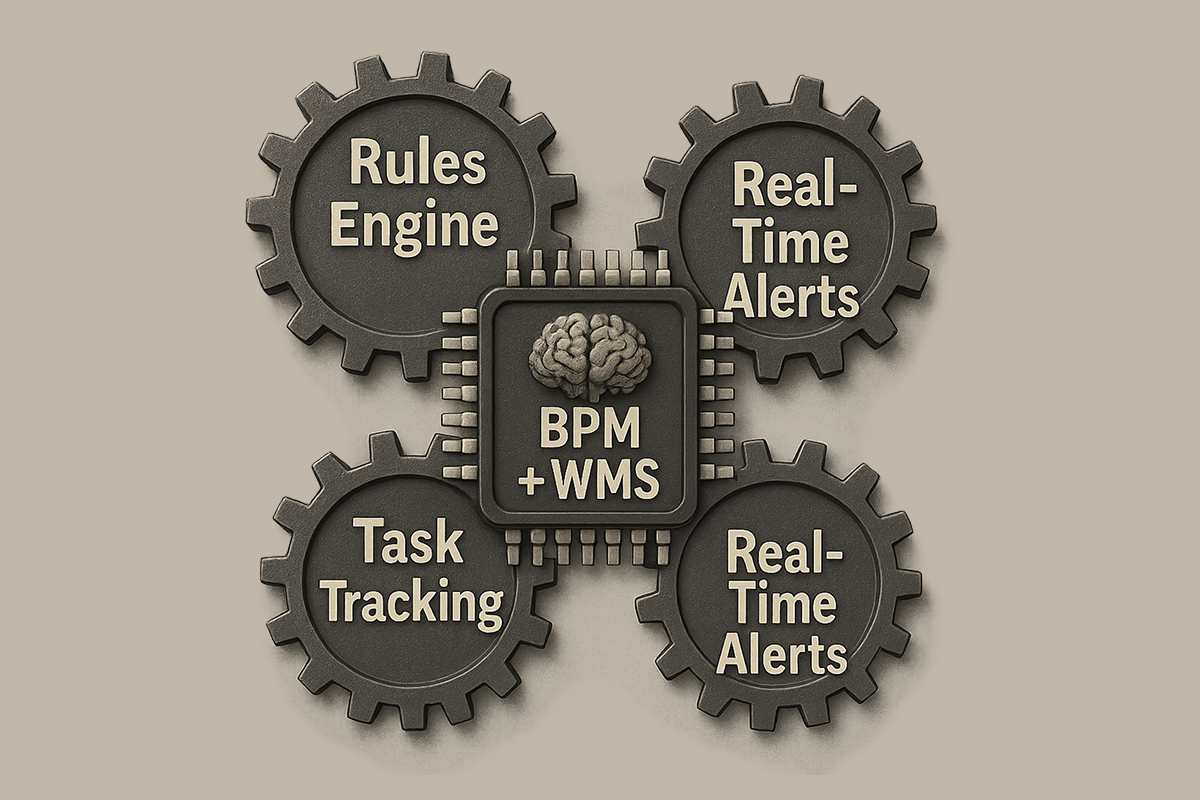Over the past decade, the automation level both in enterprise sector and in small business has significantly increased. The monitoring and control systems have changed and become more complicated.
Unfortunately, the monitoring methods didn’t change, as technologists and operators monitor processes identifying problems upon their occurrence.
Such an approach is still relevant, but modern technologies allow businesses to control plant workflow not only in “real-time”, but also using forecast accidents with predictive analysis.
Today, machine learning allows us to overcome and automate more and more new challenges, for the solution of which people could spend a lot of time and money a couple years ago.
Further development of the global business analytics market will go alongside with active development of advanced analytic platforms, including predictive analytics or construction simulation.
Predictive analytics is a set of statistics, data analysis and game theory methods that specialists use to analyze current and historical data/events to predict future data/events. It’s not that easy to do such forecasts manually. But today it doesn’t even make sense, as a lot of technologies can automate this process.
Machine learning can help automate predictive maintenance: chemical analysis, vibration and noise monitoring, visual observation and analysis of the actual functions of equipment, and a preliminary part of planned operational programs.
Let's see how the existing machine learning tools can help us in this challenging task.
Why is it essential to have a maintenance strategy?
Each company with a large amount of different equipment understands that for a permanent efficiency all components must work reliably. Timely equipment maintenance helps not to stop the production process even for a minute. Hence, not to cause production or profit drops.
There are three main types of maintenance strategies:
Preventive Maintenance
Keep equipment in good working order is a prerequisite for efficient production. A preventive maintenance program helps figure out or fix problems as quickly as possible, thereby protecting business from the majority of equipment-related catastrophes.
Preventive maintenance is regularly applied to reduce the possibility of equipment failure. It ensures that the organization's critical manufacturing assets receive proper maintenance to avoid unforeseen crashes and costly accidents.
Regular preventive maintenance provides:
- accuracy and quality of measurements
- maximum performance
- compliance with industry regulatory requirements
- minimum unforeseen downtime
- budget protection
Reactive Maintenance
Briefly speaking, reactive maintenance allows the equipment to work until failure.
This is a method in which equipment shuold be repaired or replaced as soon as it fails or runs out of resources. Reactive maintenance has the following disadvantages:
- the possibility of unscheduled downtime due to the sudden equipment failures;
- costly and lengthy repairs due to the defect’s severity and its vastness.
In addition, there is the possibility of a sudden failure of several different units at the same time. As a result, the consequences may exceed the capabilities of the repair service.
Predictive Maintenance
Technological trends and the growing demand for smarter operations are laying the foundation for a shift from predictive services to intelligent predictive services.
Unlike preventive, predictive maintenance efficiently maintains devices and reduces costs by continually monitoring the equipment status and providing real-time information to proactively issue warnings and prevention of the potential failures.
In this article, we are going to talk about predictive maintenance. However, it is worth to notice that if any equipment fails during predictive maintenance processes, preventive and reactive maintenance takes effect.
How to predict maintenance deterioration?
The usage of any part (item) of the equipment involves the impact of a large number of different factors that cause changes in the technical condition, and over time it can lead to failure. An essential feature of these factors is their random (stochastic) nature. The factors that have the most significant effect include technological loads, material characteristics and geometric dimensions.
Also, it is necessary to highlight such factors as compliance with the process requirements, maintenance quality, repair quality, vibration, temperature, etc. The random nature of the considered factors leads to unpredictable changes in the technical condition of devices, their components, mechanisms, and finally, operating time.
Shortly, there are several stochastic analysis models (ex. Markov models). We can implement it to predict equipment failure. Also, we always should take into account statistical data and data from the equipment deterioration characteristics.
Thus, all predictions are based on paper data and information collected during previous periods. The interesting point is that we use real data only when an incident already occurs. In case of minor changes, the model is not recalculated. But it is worth recalculating to accurately predict equipment deterioration.
How does the maintenance actually work?
In fact, real-world maintenance processes are far from the descriptions of popular articles. Even in the enterprise sector, businesses do not use complex mathematics and statistical models to create a maintenance strategy.
We cannot say that absolutely all companies avoid using mathematical models, but according to our experience it is so – we have been working for a long time with/at both large and small industrial enterprises. As a rule, the larger the enterprise is, the more difficult it is to control all manufacturing processes - this is where automation comes to the rescue.
Companies are facing with information overload. As companies are upgrading their data gradually, more and more data specialists need to recalculate equipment deterioration (ex. data coming from various sensors).
One day every IT manager of faces these questions:
- Do we really need all this information?
- What should we do with that data?
- Where to store all this data?
- How to process it?
- How to increase processing speed?
Nevertheless, small companies can simply calculate the monthly depreciation cost and use this numbers as one of the maintenance strategies that really work.
As one of the main reasons for avoiding complex mathematics is the human factor. Companies are using out-of-date or even archaic equipment. Since there is no way to stop the manufacturing process, the machine (or equipment) can be used for years, and it many times exceeds its lifetime.
In this case, employees simply inspect the equipment and manually prepare reports. But this approach also has disadvantages, as often equipment does not contain any sensors. The information obtained through visual inspection is not accurate.
Sometimes it is not that easy to visually determine the degree of deterioration of a particular element. That is why specialists of different qualifications provide an opposite deterioration classification.
So, a lot of things do not work as they should, and companies suffer multimillion-dollar losses.
How we can apply machine learning to define the equipment deterioration?
There are several problems in the manufacturing process that machine learning implementation can easily solve. We are going to tell you about the most tedious ones.
1. Sensor Data Analysis
Today, almost all equipment contains a large number of sensors inside. That fact can turn into a problem. Sometimes the sensors cannot work smoothly all the time. Often, some of them begin to conflict with each other and such issues can be considered as false positive equipment failures.
The possible factors most often cause such problems:
- Firmware imperfection
- Sensor malfunction
- Too much data to analyze by a built-in CPU
If we can't do anything with the first and the second problems, our specialists can solve the third issue, by building external processing center.
Most often the hardware that is used in particular equipment might not be tested during 24/7/365, as it takes too much time and prevent the product from being launched as soon as possible.
That is why you might need to process the sensor data in an external data hub. Any computer algorithm can ETL (extract, transform, load) a massive amount of data from sensors in real-time, but analyze the data and understand what stands behind it is more sophisticated. This is why machine learning is so widespread.
This process is called real-time data processing. Real-time machine learning can analyze the history of indicators from each sensor, match this data with data from various sensors and generates a health score.
2. Anomaly Detection
Well, we found out that machine learning can easily analyze large amounts of data coming from sensors. But how do we distinguish a glitch from a sensor malfunction or the equipment failure?
Historical data analysis and anomaly detection comes to rescue. Any problem never arises spontaneously - there are always some factors that precede it. So, machine learning analyzes not only the data that comes to us at the given moment, but also the data that we received earlier. The machine learning model takes into consideration the entire history of an equipment lifetime.
A trivial case: literally for a split of a second, the voltage in the organizational network increased and several sensors were blinded. Having no information about the way on how unstable voltage affects our sensors, we will probably think that it is an equipment failure.
3. Image Analysis
We learned that machine learning can handle complex data processing. But what about the enterprises that process all the data manually? This is definitely a good question.
Machine learning can automate and optimize reporting process. As people not only fill in the forms but also attach images of the equipment. Let’s have a look at a qualitative analysis of these attachments with machine learning.
How it works: every period, the worker adds a new photo to the report, these photos are saved to the database. Machine learning algorithms analyze images received at different periods and compare these images between themselves.
Once the difference between the reference state of the equipment or its part and the current one is found, the algorithm classifies this difference, and, in the case of deterioration presence, the algorithm assesses the level of this deterioration.
In general, this approach is not very expensive (more information here), but it almost eliminates the possibility of human error.
Summary
The primary way to improve reliability is to predict potential malfunctions. We can predict the equipment failures with modern technologies. It allows us to identify malfunctioning devices for their subsequent repair or decommissioning.
Although machine learning cannot replace humans, it can make the prediction of equipment deterioration much easier, faster, and less expensive than now.
Unfortunately, such tools can optimize the operation of an existing system only. If the system is not built yet, or within organization manual labor is used, machine learning can help optimize routine work by shifting some of the responsibility to algorithms.
Ready to optimize your maintenance process with machine learning? Contact us today to build a custom predictive maintenance solution tailored to your business needs. Let technology work for your uptime.
